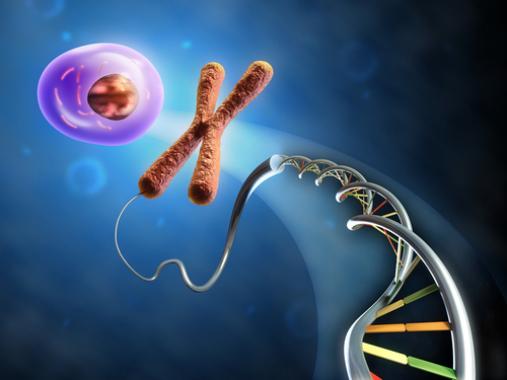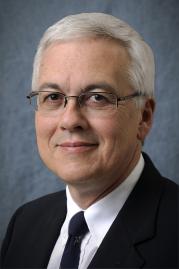
This is Part 7 in the ChEnected series "We Are ChE: Entering a Golden Age" and the second post related to Biology and ChE. It is authored by Incoming 2013 AIChE president Phil Westmoreland.
My previous post was about how ChE has advanced bioprocessing and medicine. Here, I want to reflect on how bioscience and ChE have changed each other.
Biology is transformed
Two particular developments in the early 1950s set the stage for transforming biology and for biology’s transforming ChE. One was discovering the double-helix molecular nature of DNA, due to Rosalind Franklin, Maurice Wilkins, James Watson, and Francis Crick; the latter three won the 1962 Nobel Prize in Physiology/Medicine. The other was the collection of Henrietta Lacks’ cervical-cancer cells, which provided part of the basis for modern tissue culturing.

